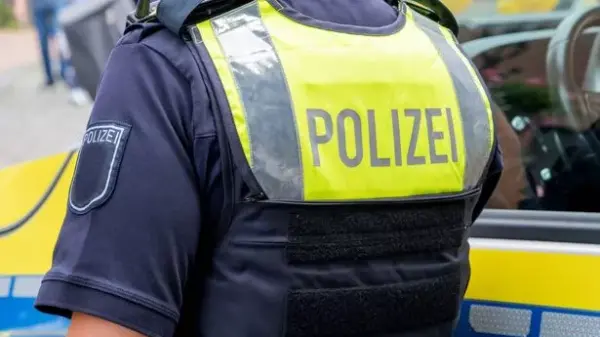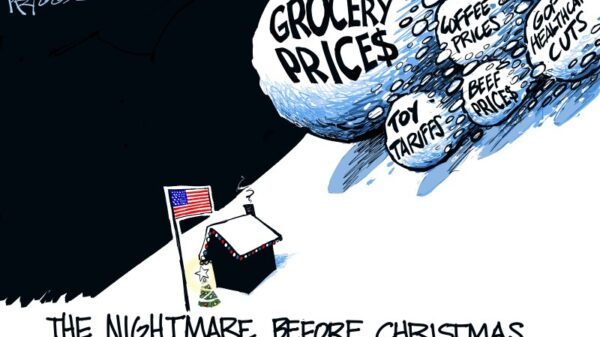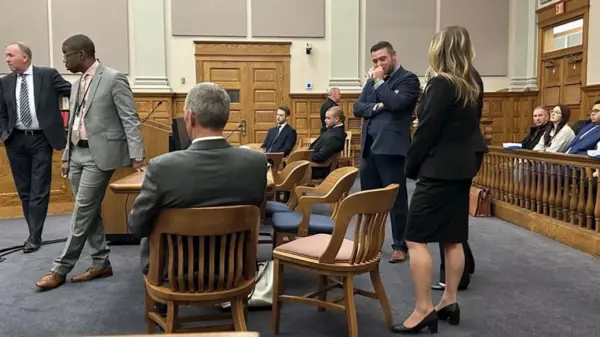The future of New York City’s school system hangs in the balance as a pivotal debate emerges between the two leading candidates in the mayoral race. The question of who should oversee the education of over 900,000 students is at the forefront of discussions, especially regarding the effectiveness of mayoral control.
In most school districts across the United States, elected school boards typically manage education policy, approve textbooks, and hire superintendents. In stark contrast, New York City grants the mayor nearly unrestricted authority over these decisions. This structure has become a contentious issue as the candidates approach the election.
Zohran Mamdani, the Democratic nominee, argues that the current system has created an undemocratic environment that requires reform. He has maintained this position despite moderating his views on other matters. His stance resonates with many progressive families and has garnered the support of the city’s influential teachers’ union, which endorsed him following the June primary.
However, Mamdani’s viewpoint raises concerns among established school leaders and officials within the city’s Education Department. They worry that a shift away from mayoral control could undermine accountability and effective leadership in an already challenging educational landscape.
In contrast, former governor Andrew M. Cuomo, now running as a third-party candidate, has expressed firm opposition to altering the current system. He characterizes the end of mayoral control as a “terrible mistake,” emphasizing the need for strong leadership in the management of the city’s schools.
The debate reflects a broader discussion about the future of education in New York City. As both candidates engage with the public and educational stakeholders, the ramifications of their positions will undoubtedly influence the direction of the city’s school system for years to come.
With the election approaching, the dialogue surrounding mayoral control not only underscores differing philosophies about governance but also highlights the critical importance of educational leadership in shaping the lives of students throughout New York City.






































































